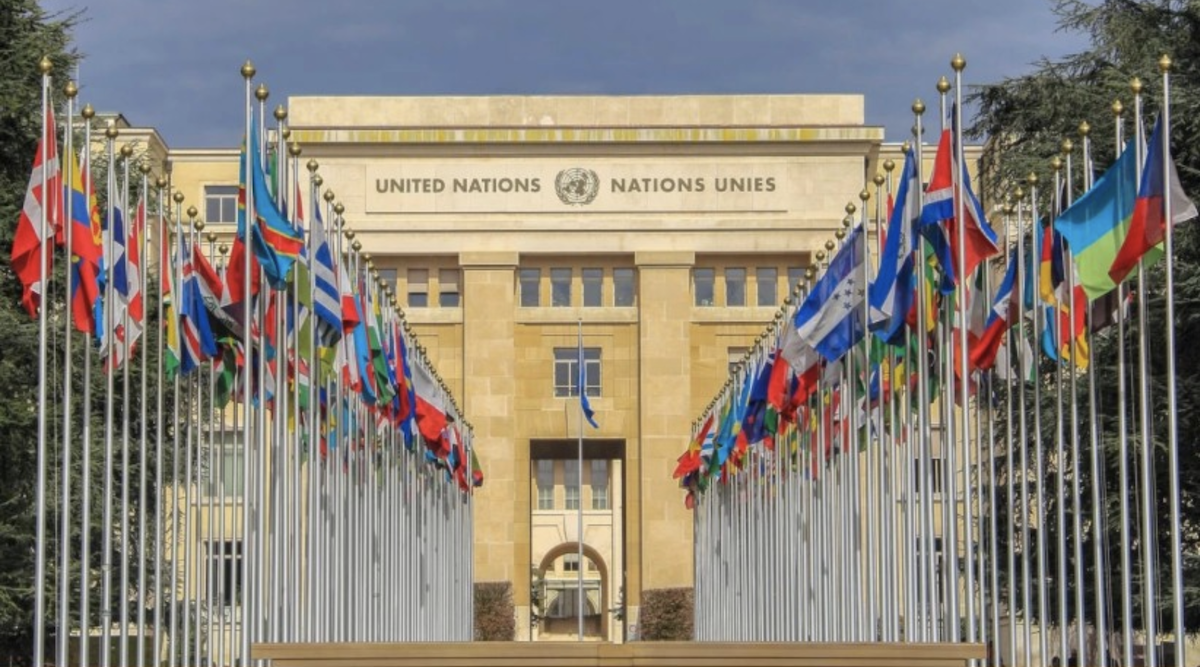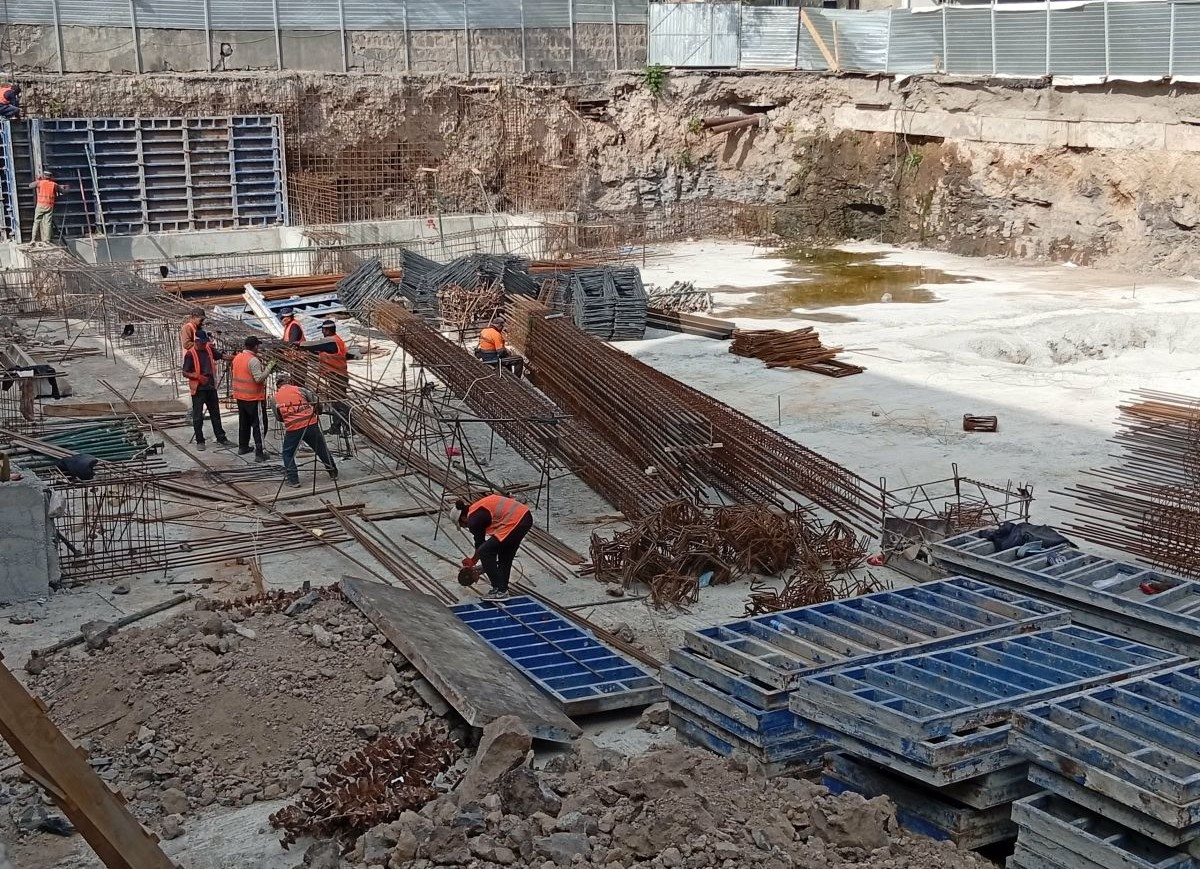Armenia’s mining industry: reasons behind its recent highs and lows
Armenia’s mining industry
The number of workers in Armenia’s mining sector continues to grow, according to recent statistical data. At the same time, the total tax revenues flowing into the state budget from the industry have significantly decreased, meaning the government is receiving less income.
A JAMnews correspondent examined available public data and spoke with experts to understand the reasons behind these changes.
- ‘Black gold’ of Armenia: How can copper boost the Armenian economy?
- Water shortage in Armenia: Causes and how to prevent desertification
- Benefits of solar energy in Armenia: three examples
Tax revenues declining
The total amount of taxes, duties, and fees paid by Armenia’s mining sector to the state budget has decreased in recent years. In 2023, the industry contributed 95.1 billion drams ($240 million), while in 2022, this figure was more than double—202.5 billion drams ($513 million).
As a result, the mining sector’s share of total state budget revenues has also declined. In 2023, it accounted for just 4%, compared to 11% in 2022.
Legislative changes
On 12 July 2021, the Armenian government approved amendments to the Law on State Duty. Amid high global prices for copper and molybdenum, a state duty was introduced for export licenses to third countries. The decision included a provision for revision if prices dropped.
A year later, in May 2022, the government abolished the export duty and instead introduced an additional royalty component, which would apply when company profits exceeded a certain threshold.
Royalties are payments for the right to exploit natural resources, which a business pays to the land or resource owner—in this case, the state.
Multiplicative effect of industry on Armenia’s economy
The percentage share of the mining sector in the country’s GDP has also declined. In 2023, it amounted to 2.9%, whereas in 2022, this figure was higher—3.9%. The highest figure in the past five years was recorded in 2021—5.5%.
According to the President of the Union of Miners and Metallurgists of Armenia, Vardan Jghanyan, despite the small percentage share of the mining industry in GDP, its multiplicative effect on Armenia’s economy is much greater.
“The mining sector accounts for 2–5% of Armenia’s GDP. But this is only the share of the industry itself. We are all aware of the multiplicative effect of this sector. And if we sum up its indirect impact, according to various studies, this sector forms up to 11–12% of Armenia’s GDP,” he said.
More people receive salaries
In response to our written inquiry, the State Revenue Committee reported that in recent years, the number of people earning income in this sector has increased. This means that the number of employees in the mining industry receiving salaries has grown.
According to data for the first half of 2024, their number reached 12,212 people, compared to 12,171 in 2023. In previous years, the figures were 10,358 in 2019, 11,106 in 2020, 11,371 in 2021, and 11,855 in 2022.
Export volume decreased
According to the Statistical Committee, in 2023, Armenia’s mining industry exports amounted to 1,285,400,007 tons, which is approximately 12,000 tons less than the previous year’s figure.
Copper ores and concentrates hold the largest share in the export index, accounting for 25–42% of the total volume in different years.
Interestingly, over the past two years, there has been a sharp increase in the export of precious metals and concentrates.
Molybdenum ore and concentrate rank third in export volume.
Which countries import Armenian ore?
The leading importers of copper ore and concentrate are China, Switzerland, Iran, Russia, and Bulgaria.
For precious metals, Switzerland ranks first, followed by Malaysia and Bulgaria, though with significantly smaller volumes.
When it comes to molybdenum, the most interested buyers are China, Belgium, South Korea, and Russia.
Reasons for fluctuations in indicators
Economist Narek Karapetyan links the sharp increase in tax revenues recorded in 2022 and the decline in 2023 to the Armenian government’s introduction of export duties on mineral resources in 2021–2022.
“Since 2021, and especially in 2022, metal prices—particularly copper—rose sharply on global commodity markets amid sanctions against Russia. This had a positive impact on Armenia’s mining industry. High prices brought significant additional revenues to our companies. At the time, the government decided that it would be more effective if these additional revenues also flowed into the state budget and introduced an export duty,” the economist explained.
The President of the Union of Miners and Metallurgists of Armenia, Vardan Jghanyan, told banks.am that among the reasons for the decline in tax revenues from 2023, in addition to the downward trend in metal prices, was the partial or complete shutdown of two major mines—Sotk and Teghut.
Karapetyan also considers the shutdown of these mines a key factor affecting the industry’s overall performance. He explained that Sotk was forced to halt operations due to border conflicts, as Azerbaijani forces shelled the mine’s territory. In the case of Teghut, he pointed to the “Russian factor”:
“Since Teghut is a company with Russian capital, the sanctions imposed on Russia and Russian companies created certain challenges for the mine.”
The increase in the number of employees alongside the decline in tax revenues, according to Karapetyan, could be attributed to:
- A reduction in shadow economic activity in the sector,
- Shifting labour demands characteristic of this phase in the mining industry,
- Structural changes within industry companies.
Analyzing the ups and downs in the industry over the past years, Karapetyan emphasizes that balancing the positive outcomes and negative consequences of mining is now a priority not just for Armenia but for all countries:
“No country is abandoning the mining industry. Instead, they are trying to introduce certain mining standards and establish environmental regulations that minimize risks and negative consequences. Armenia must follow the same path.”





















